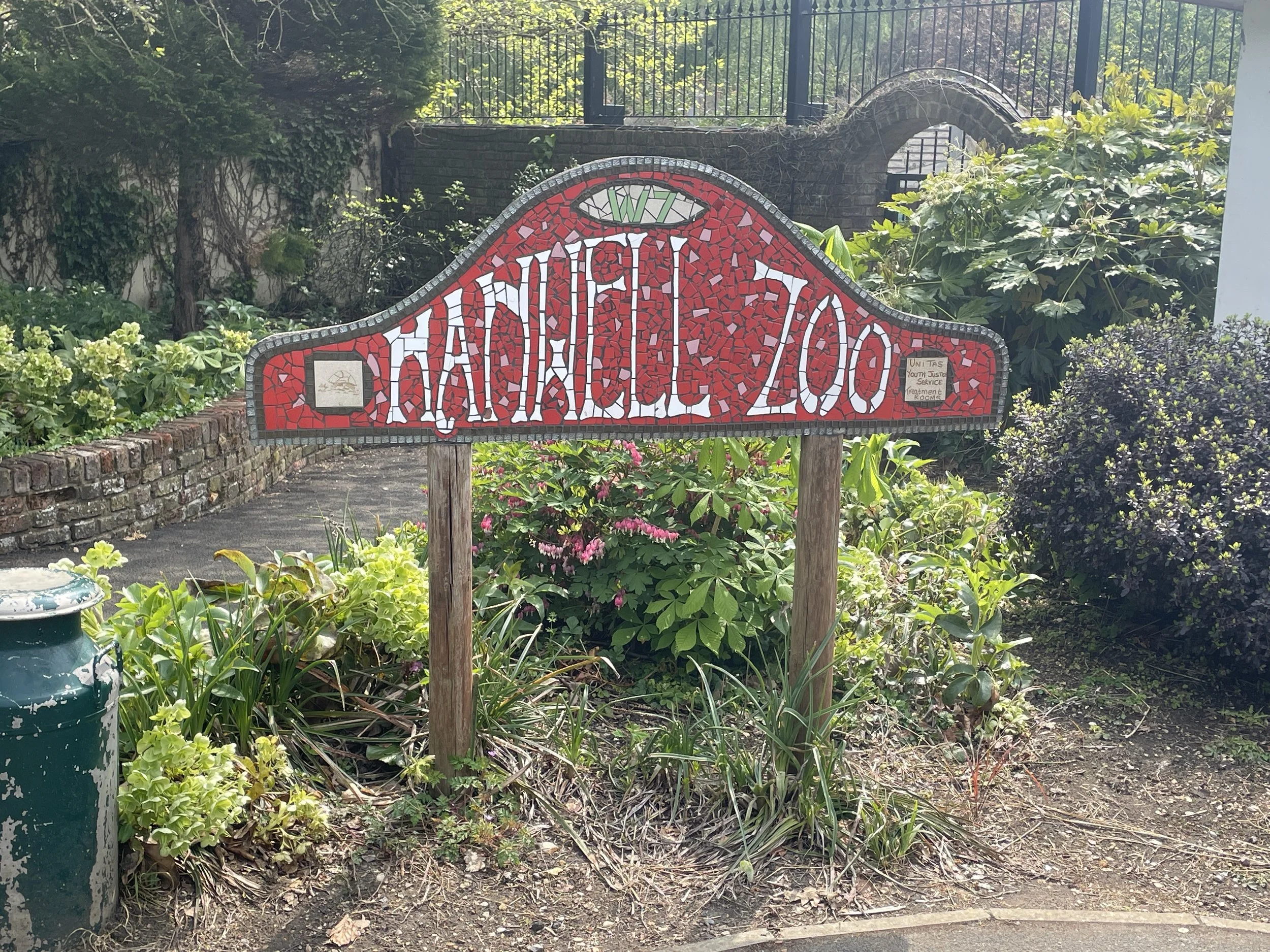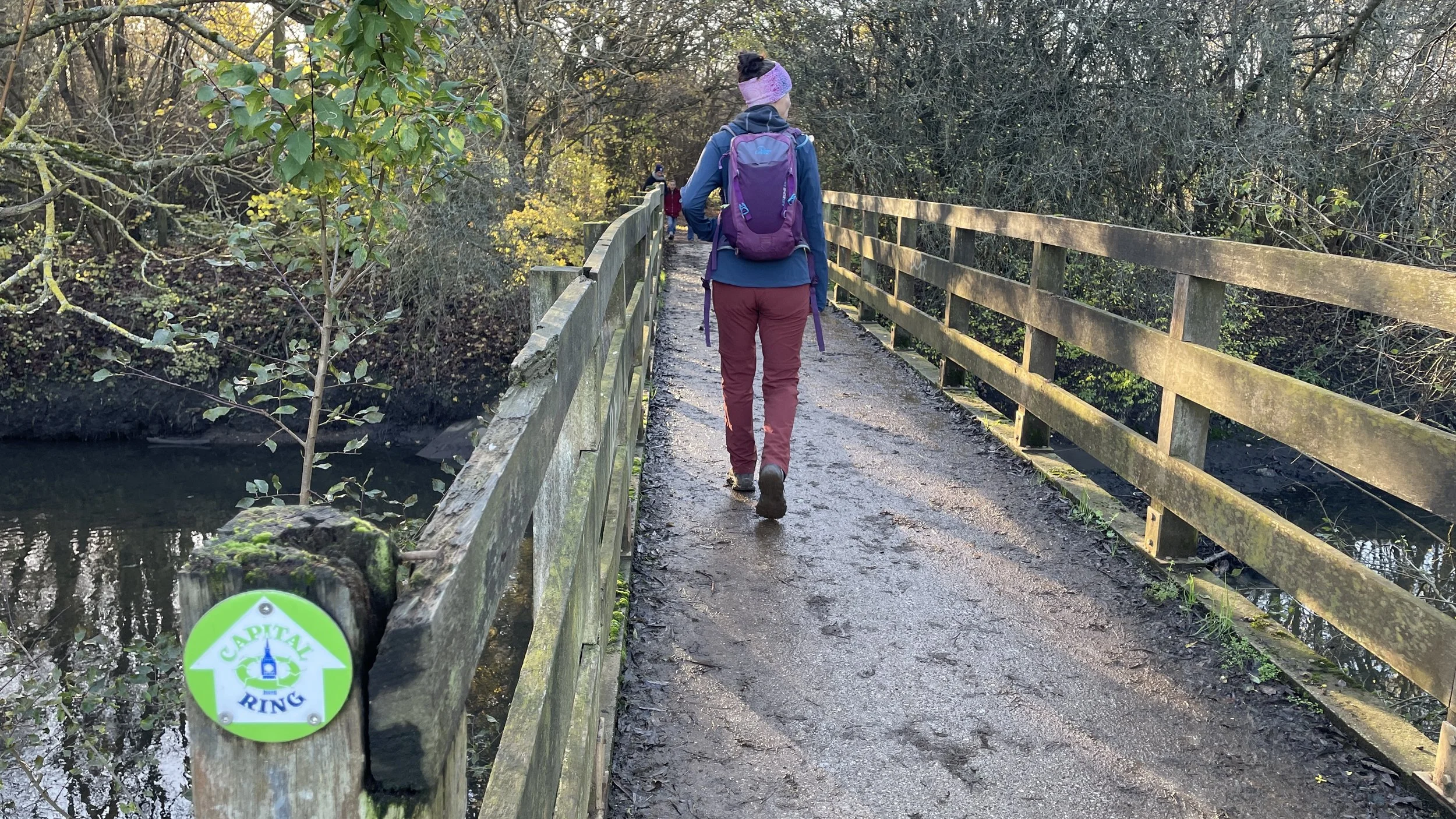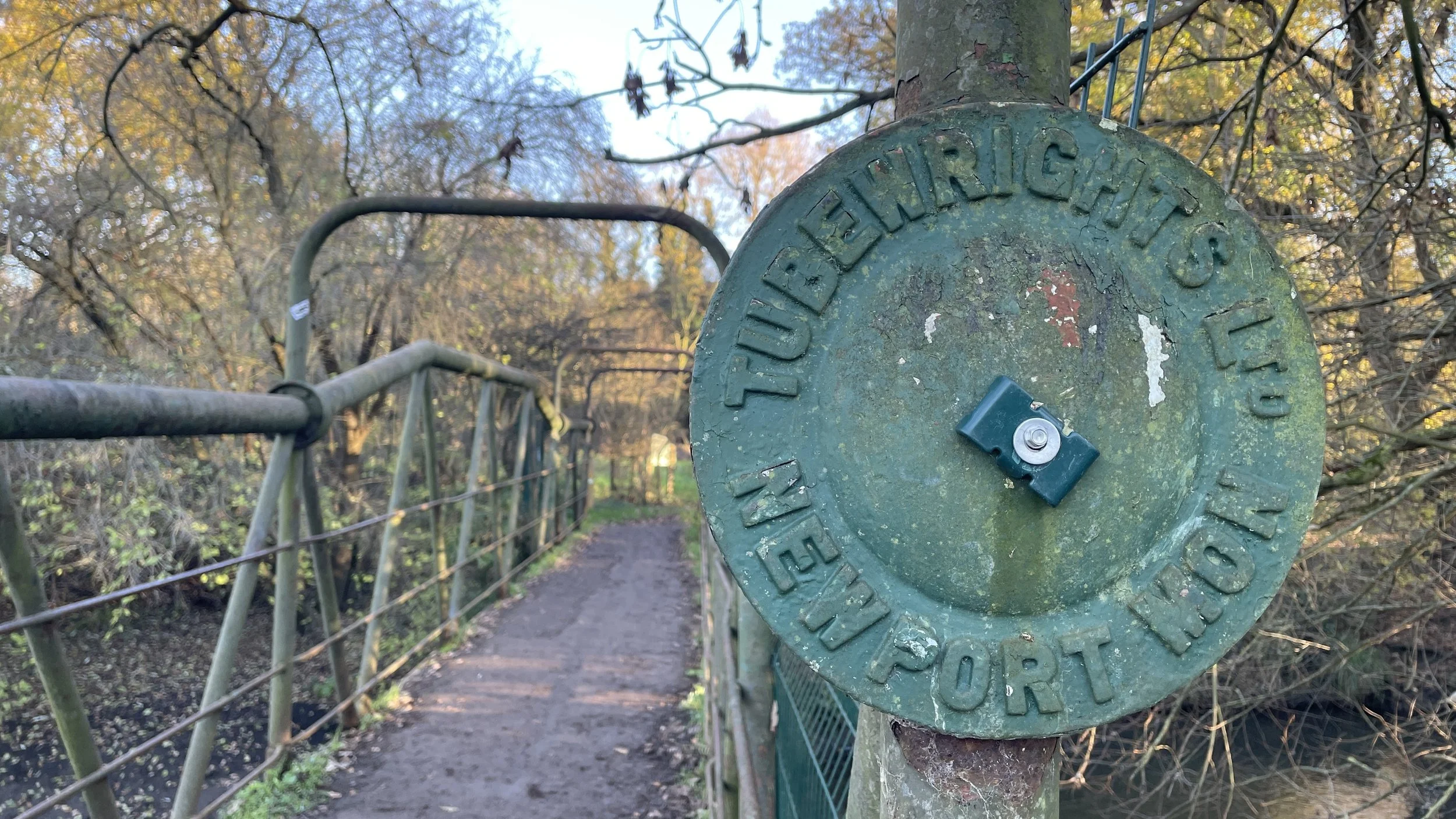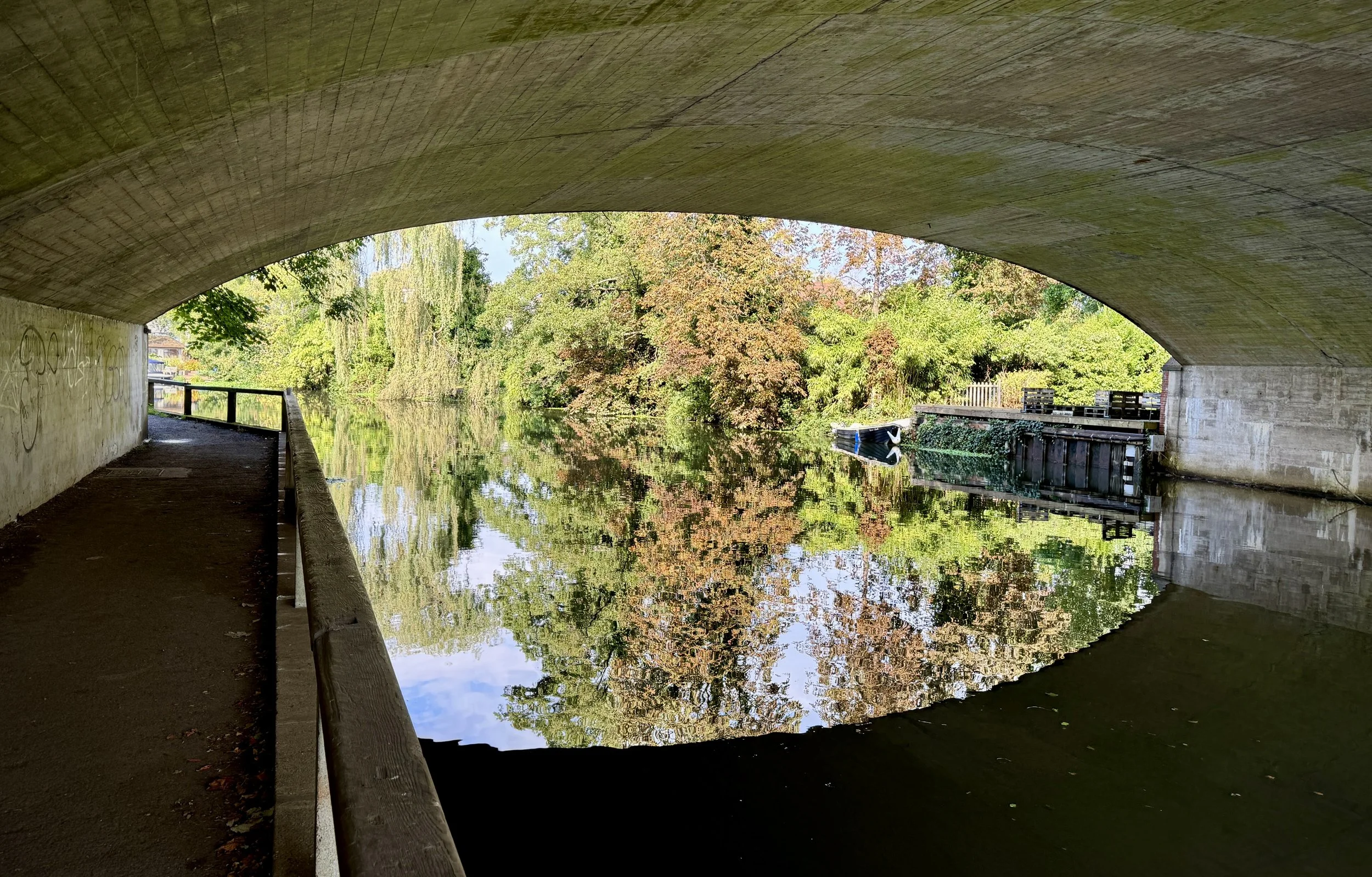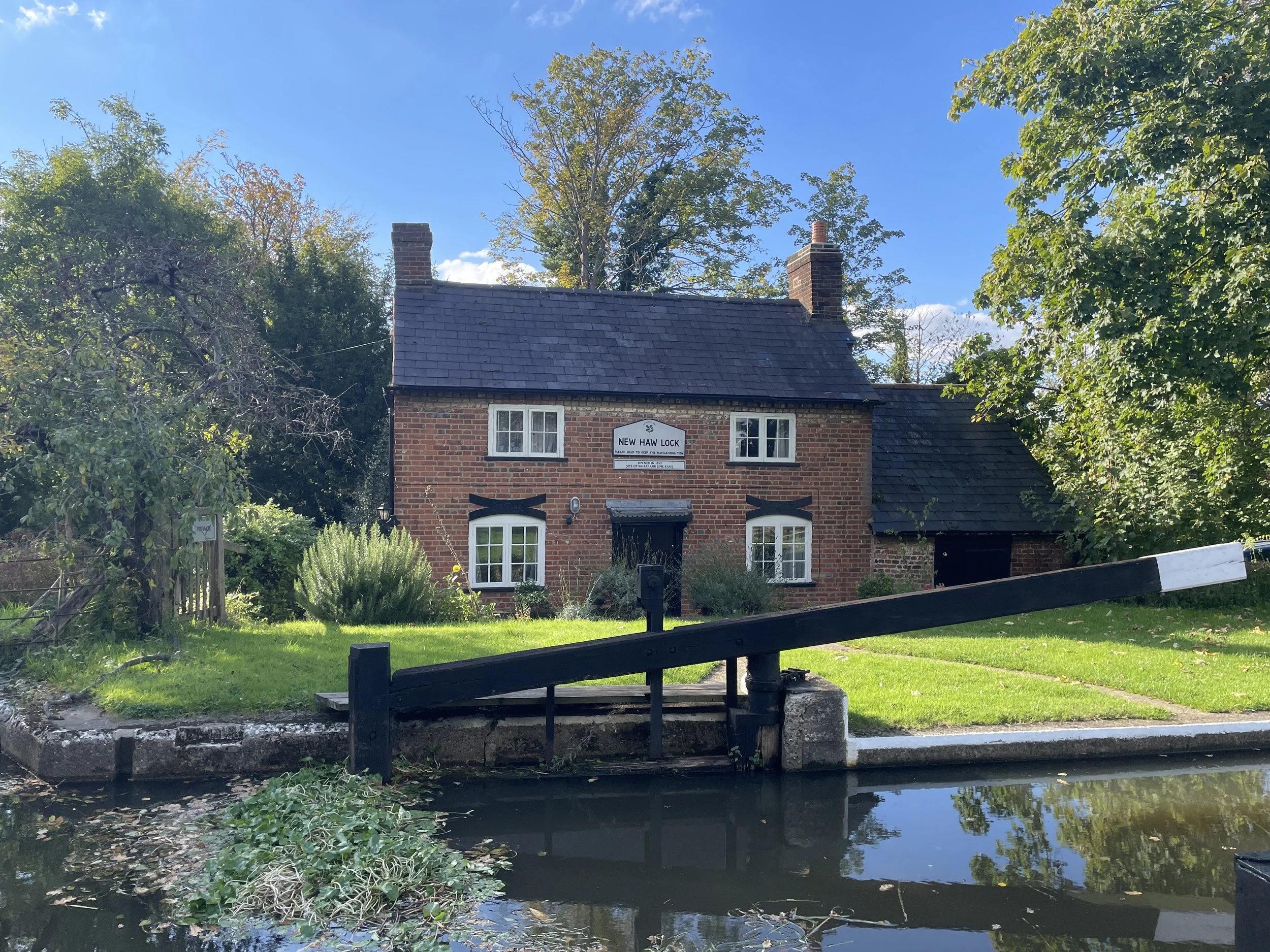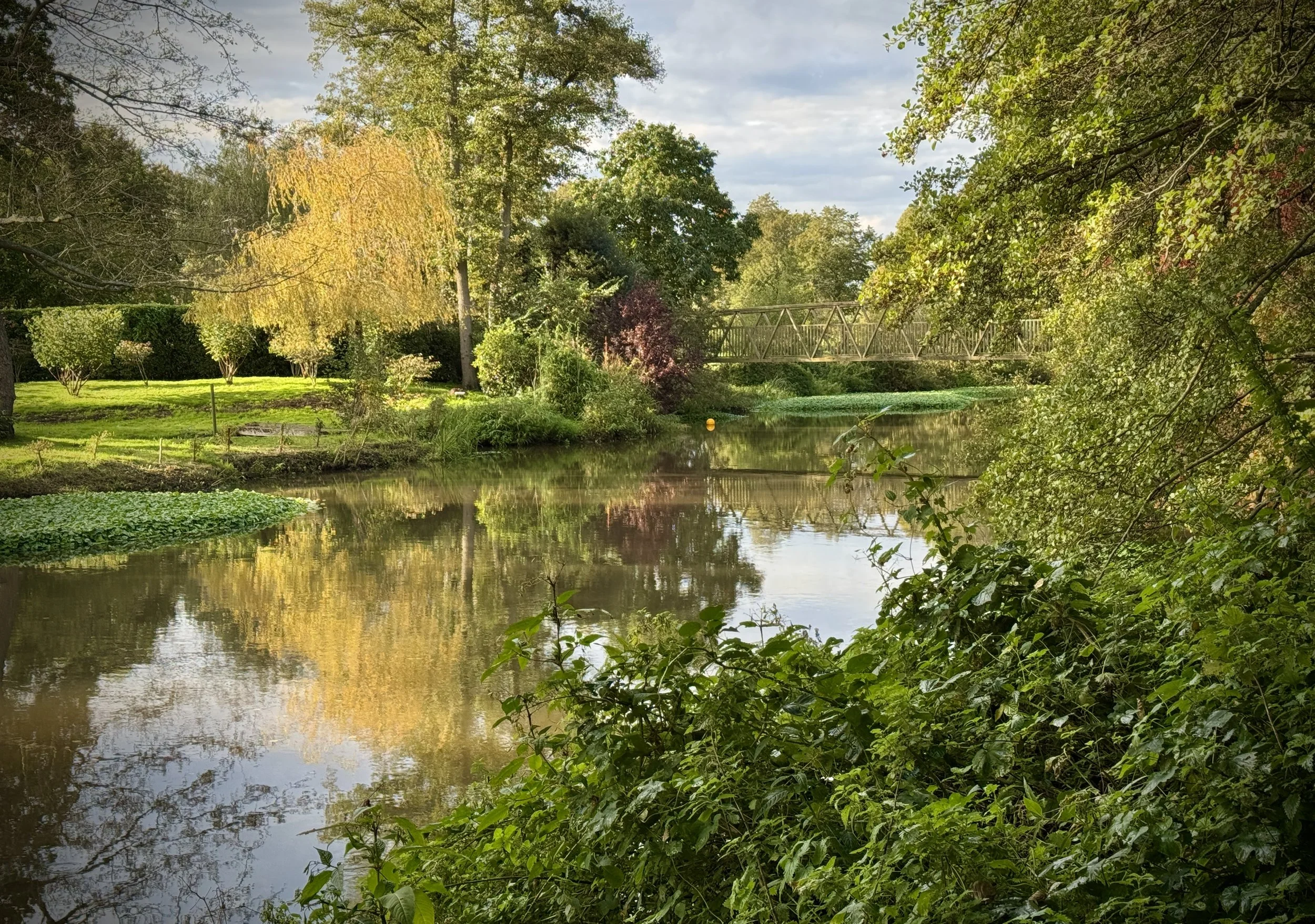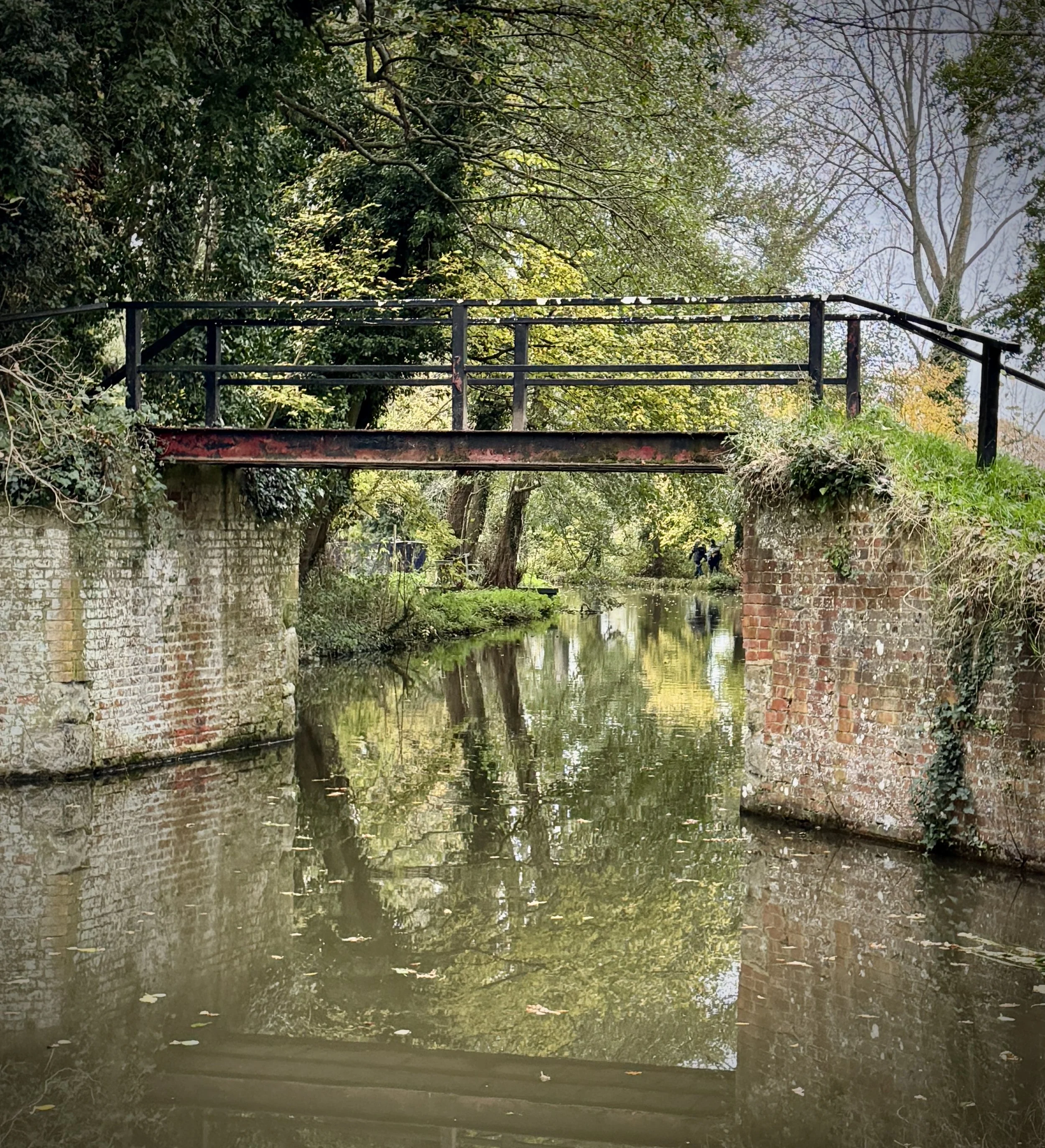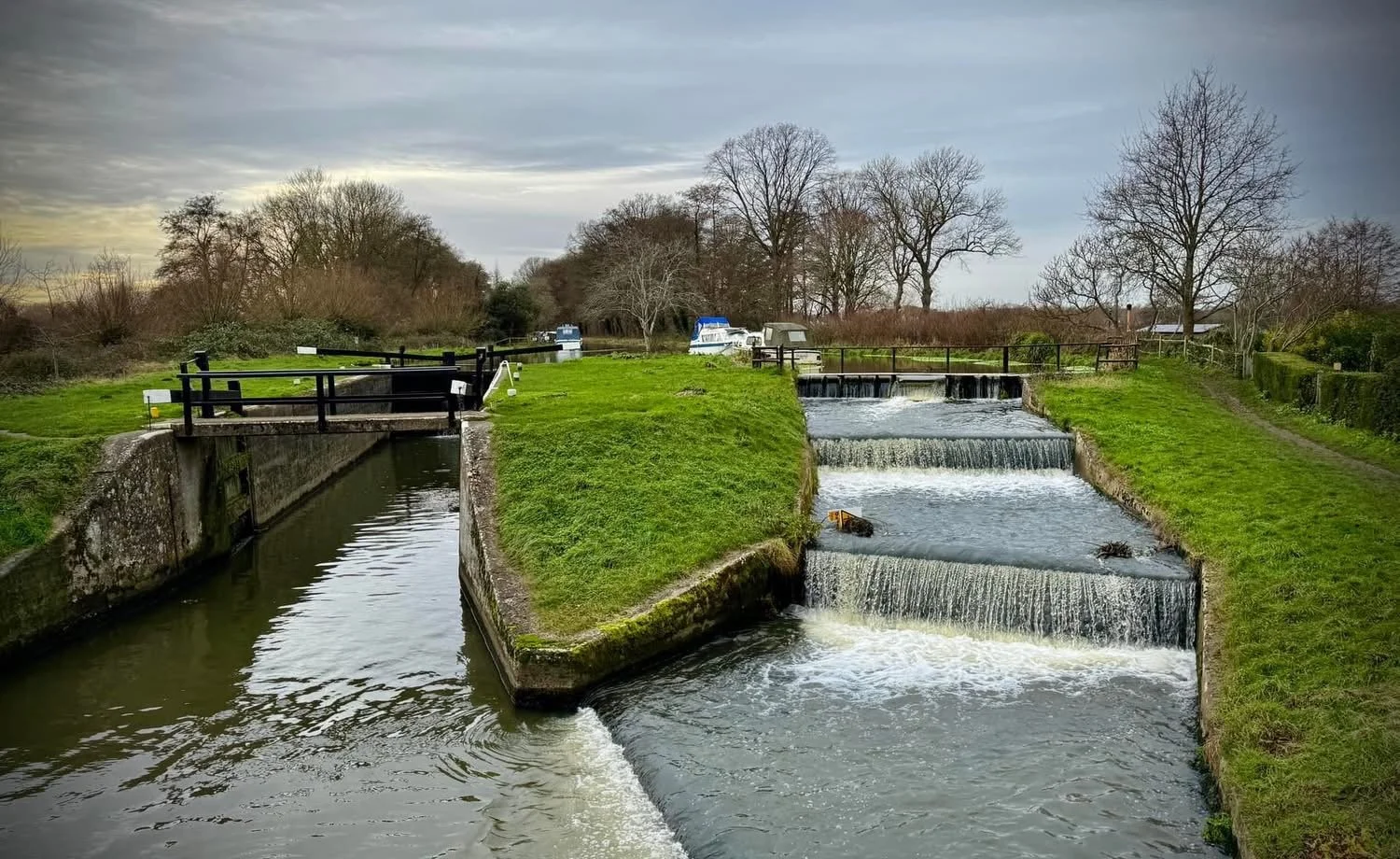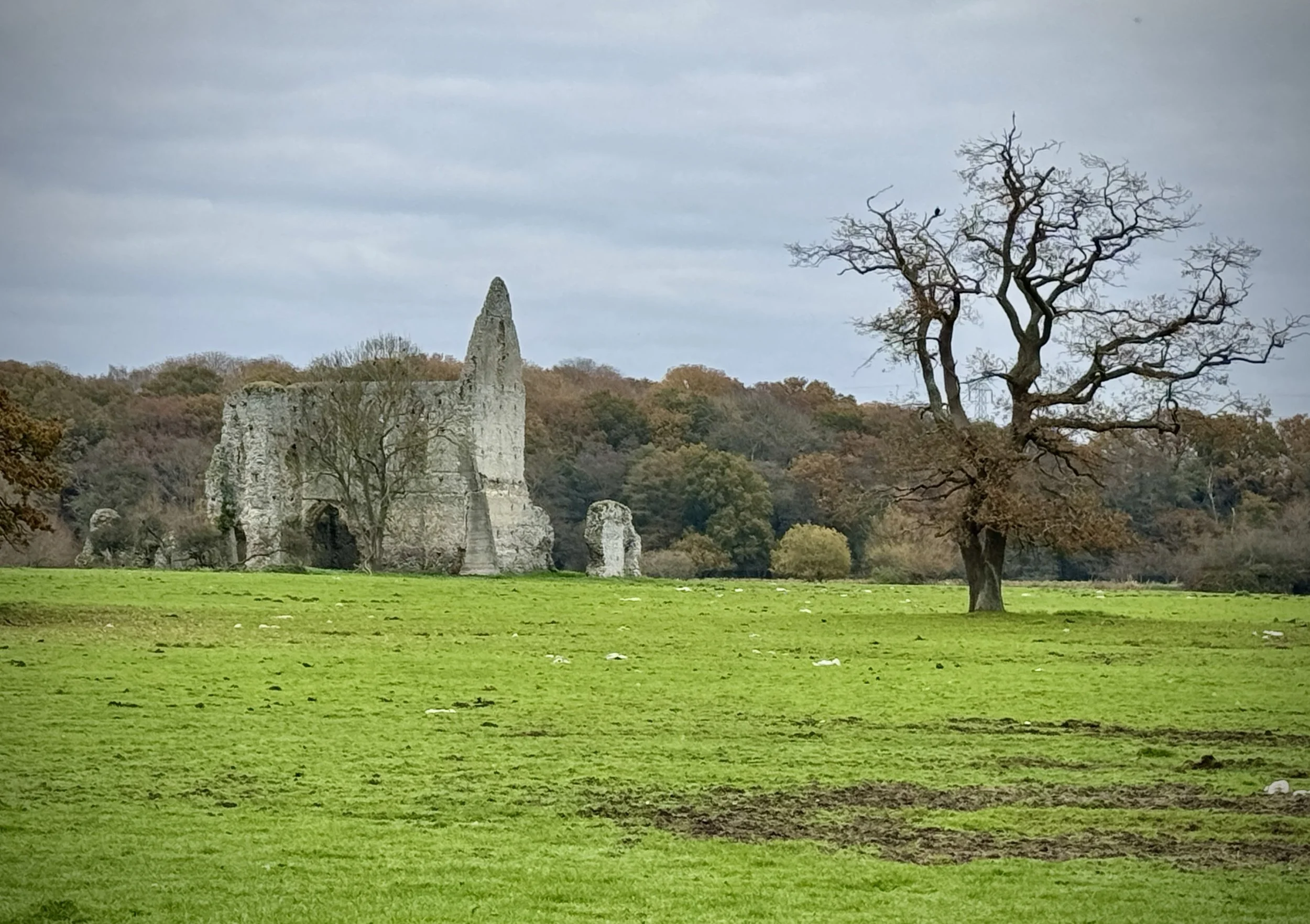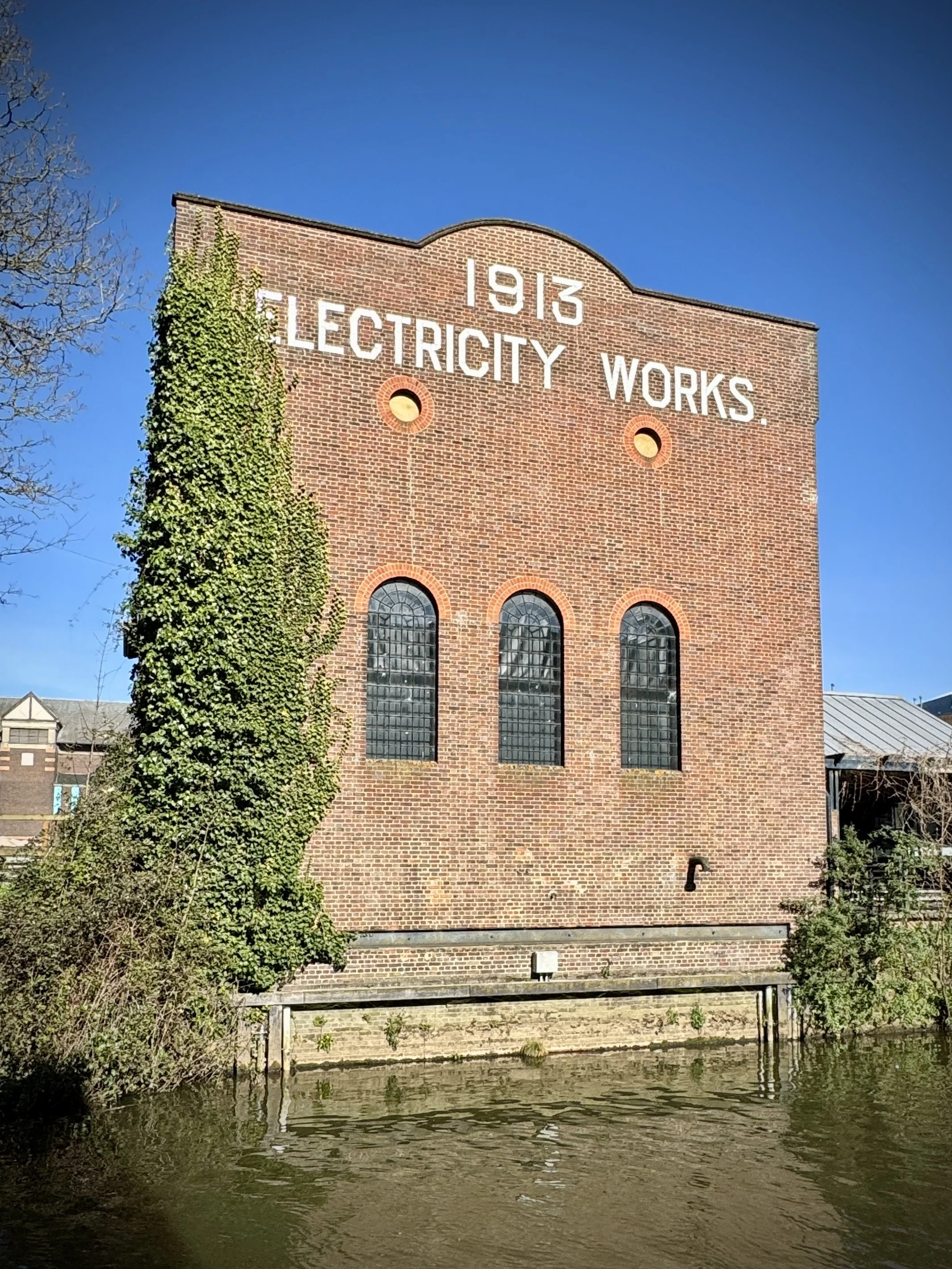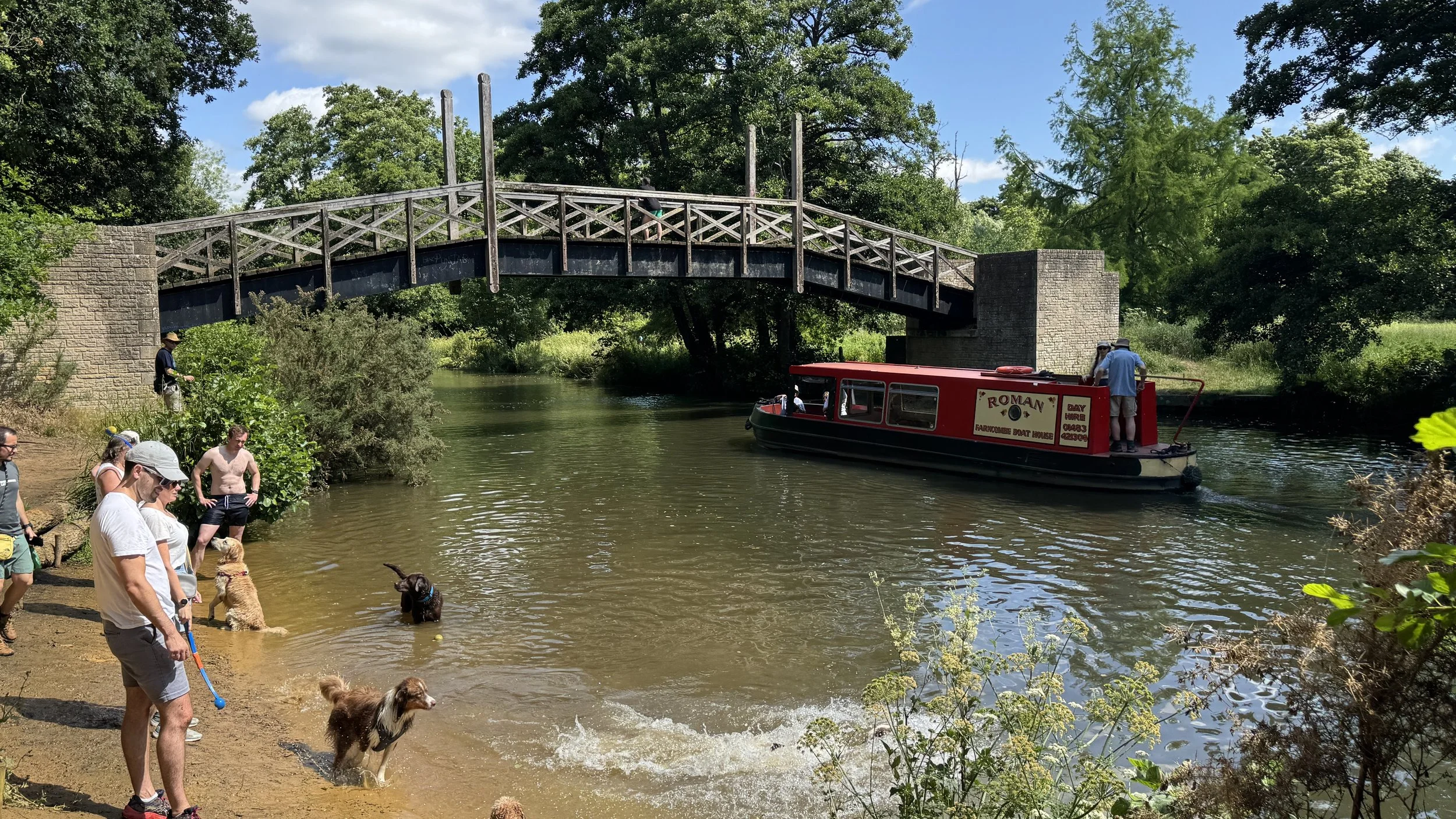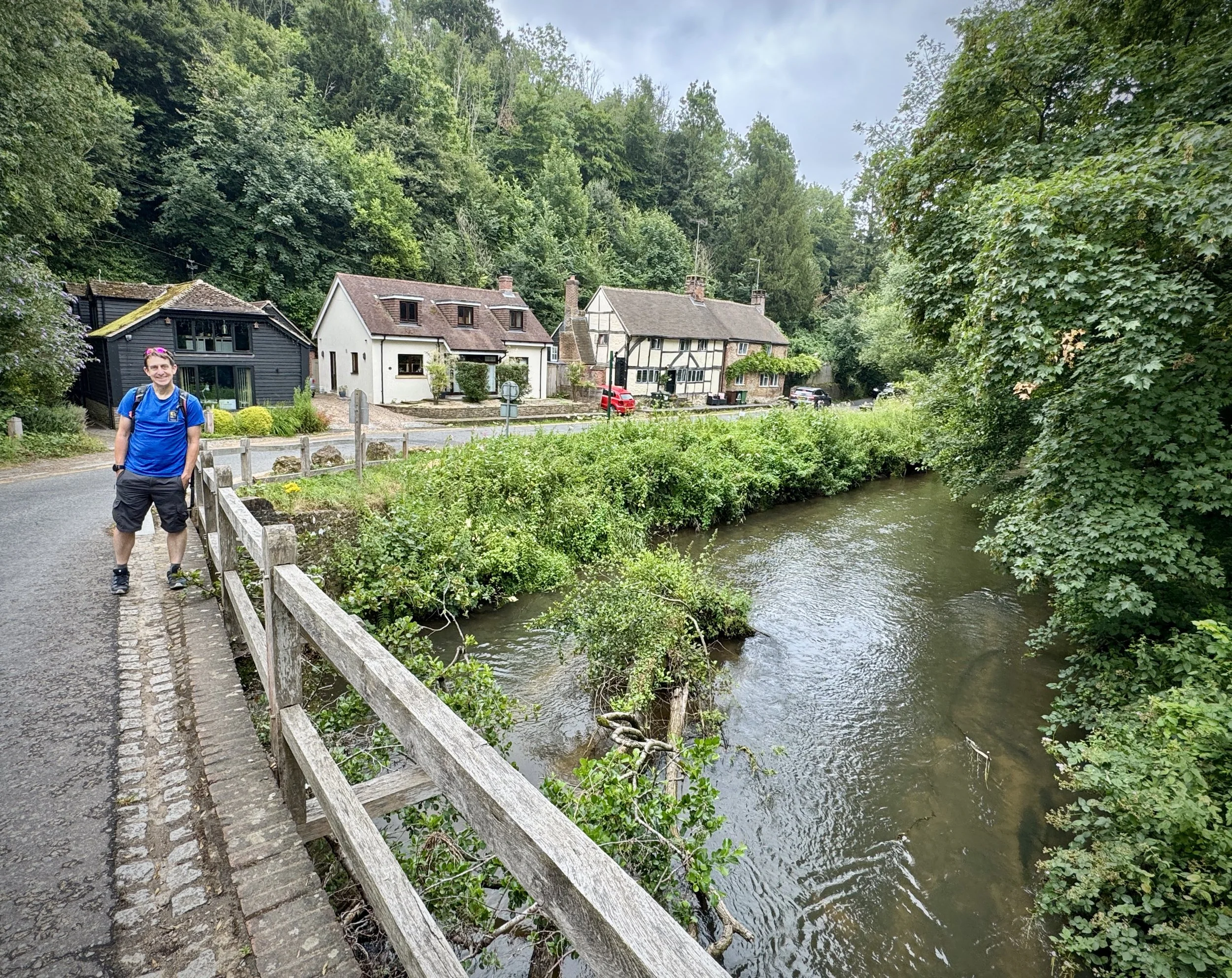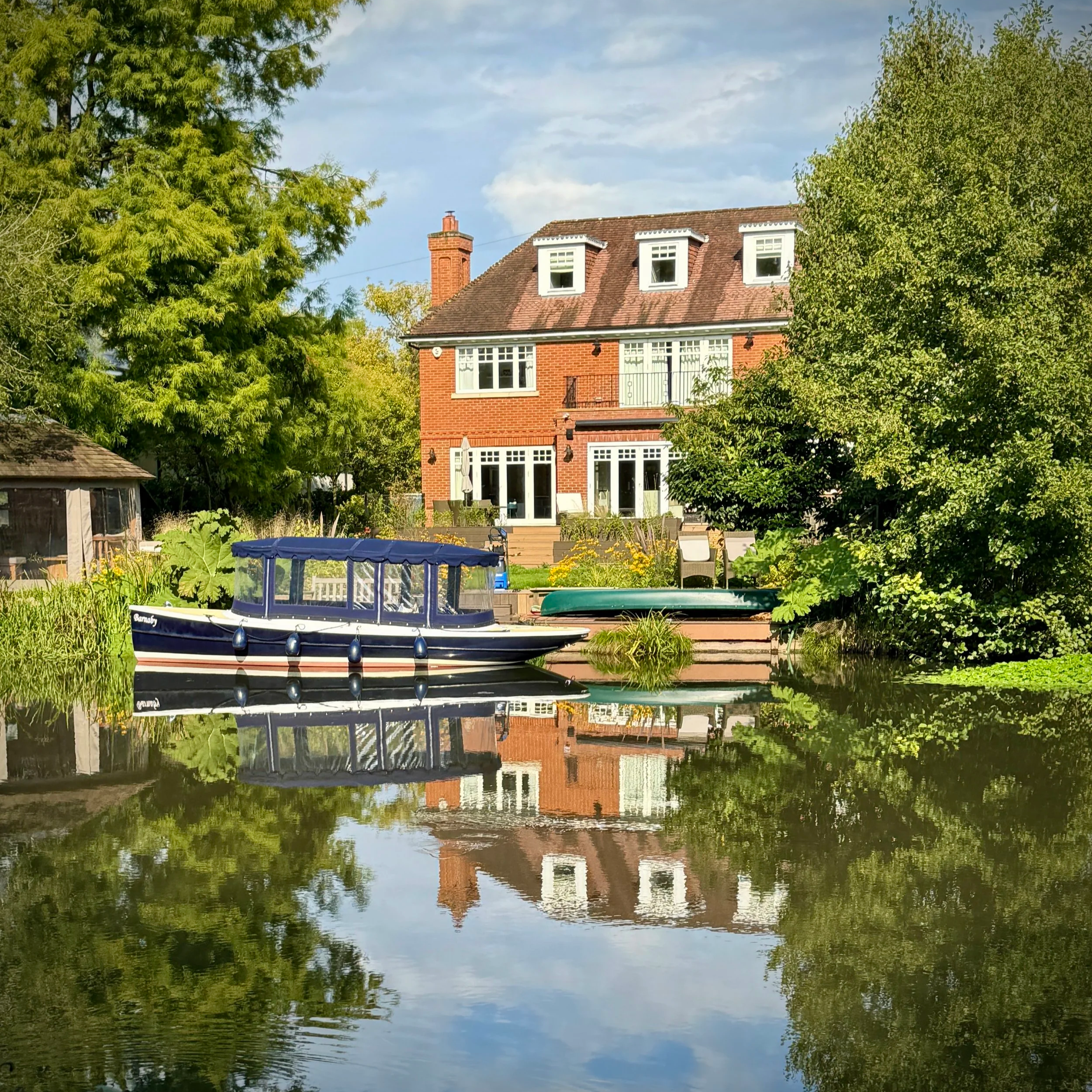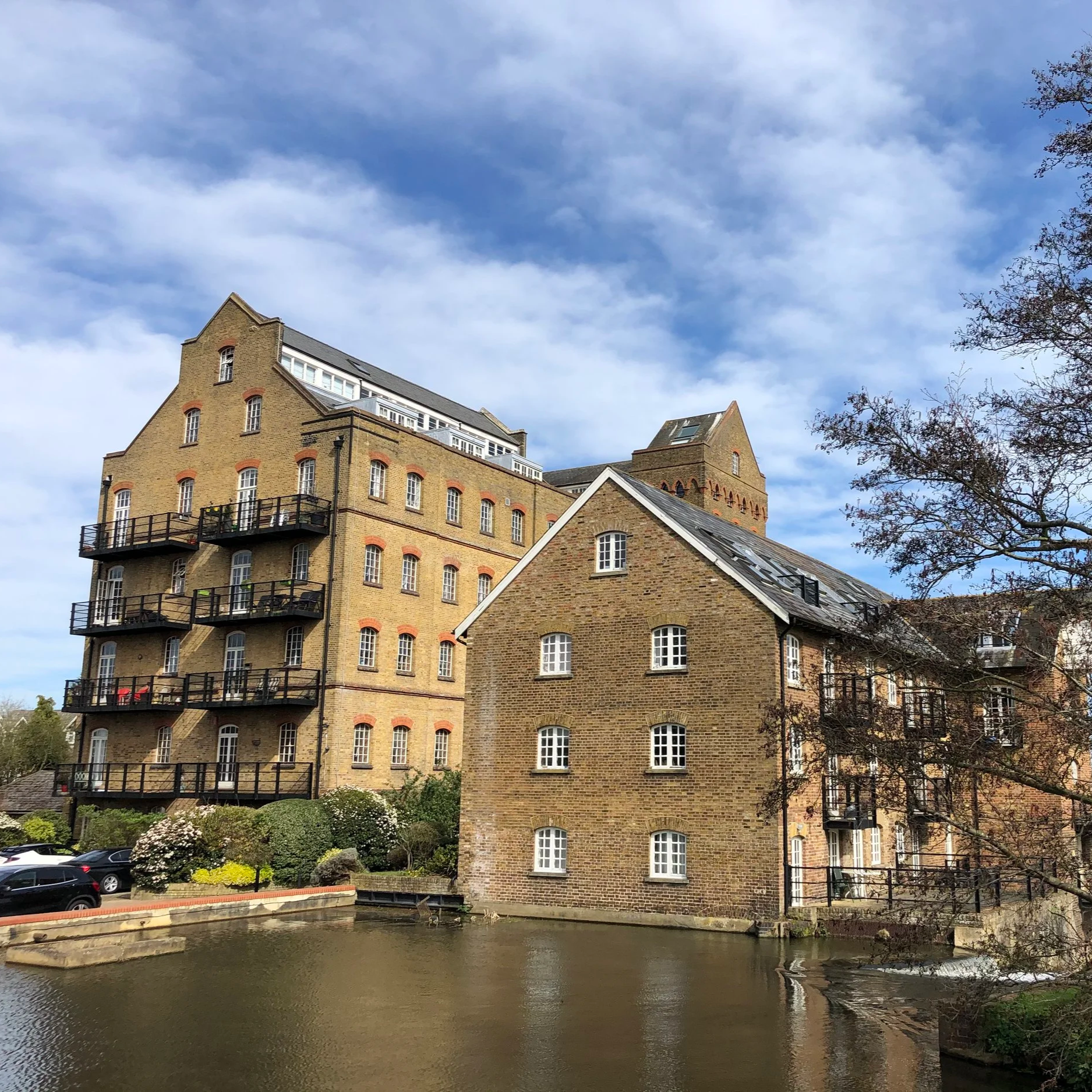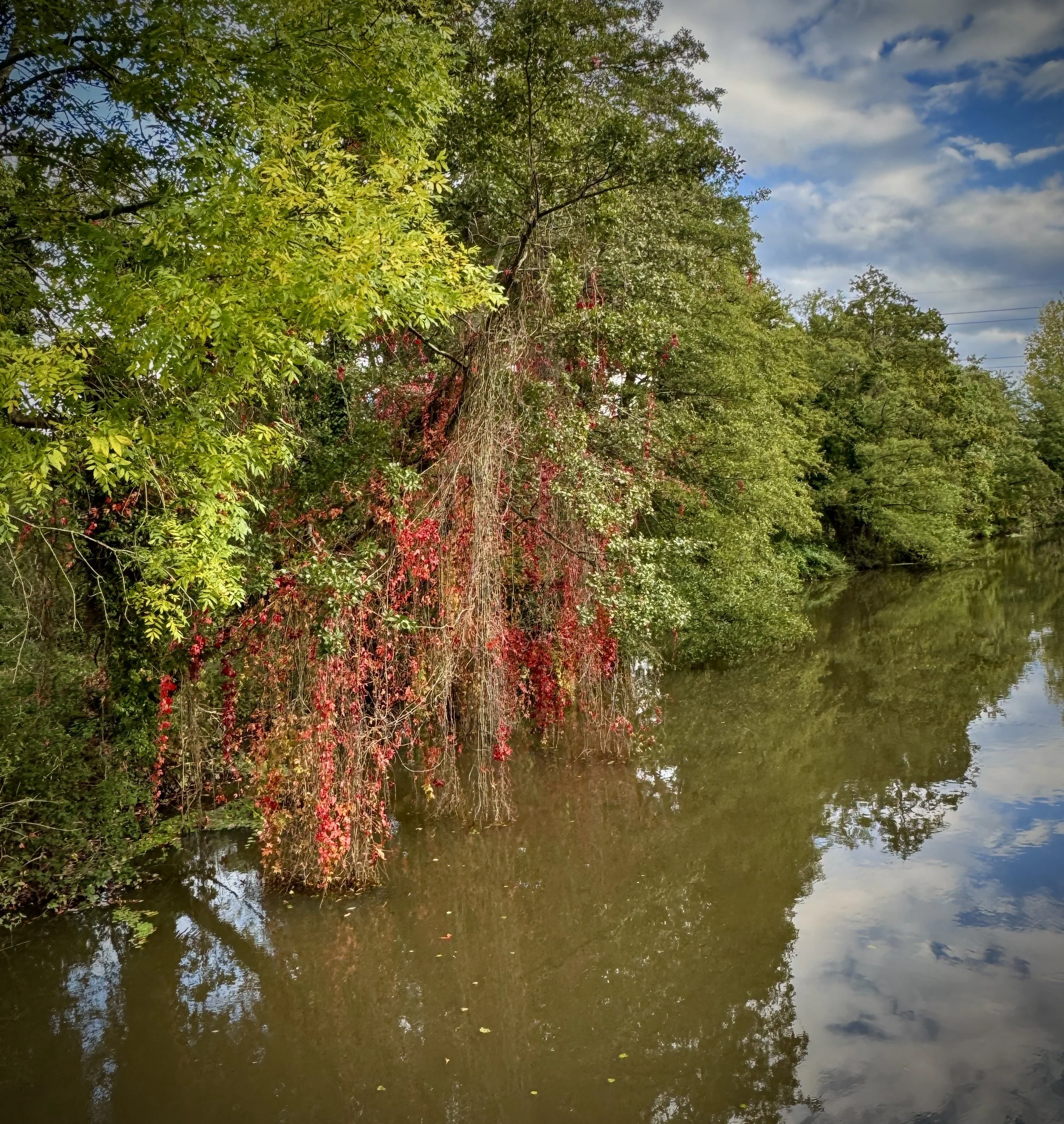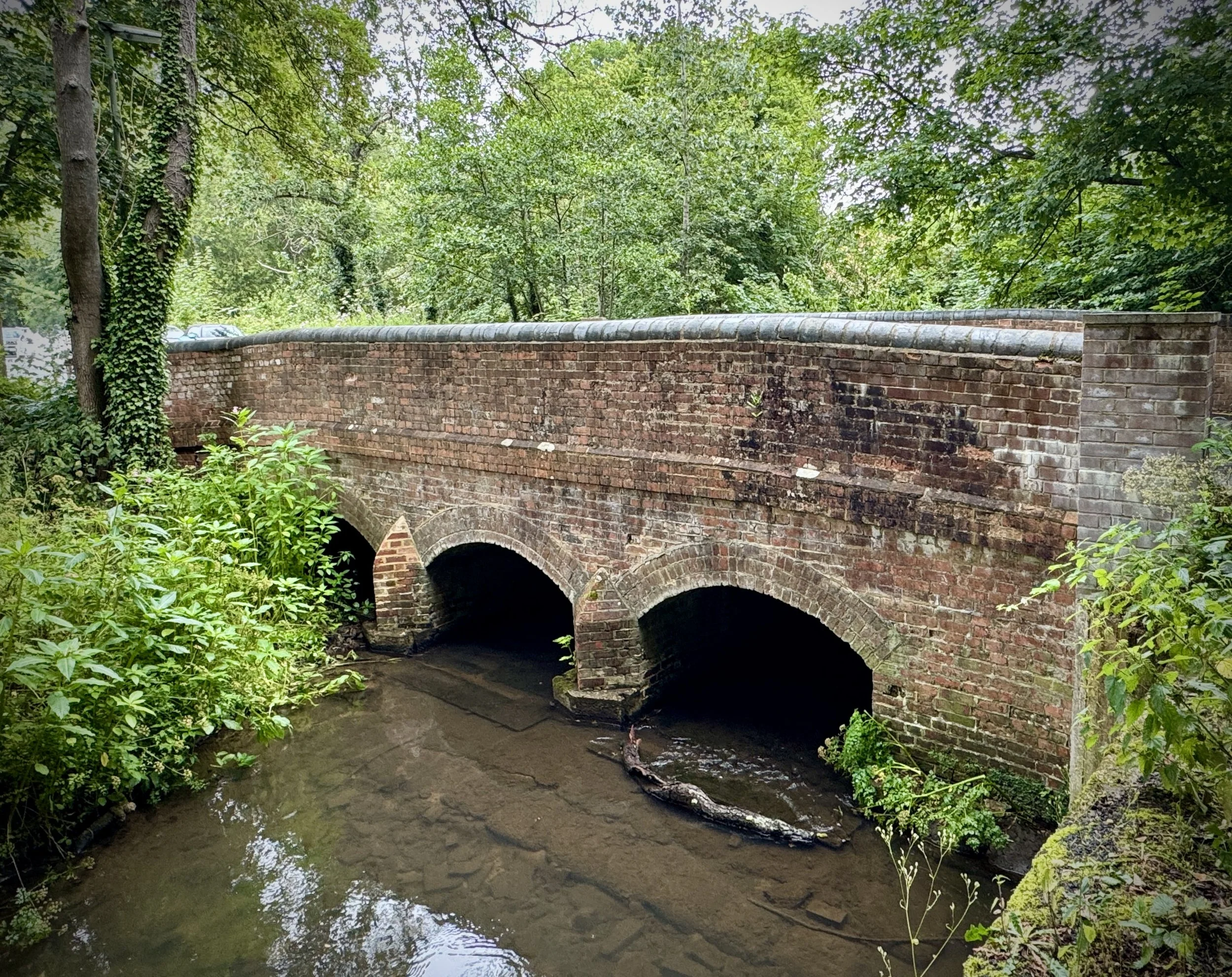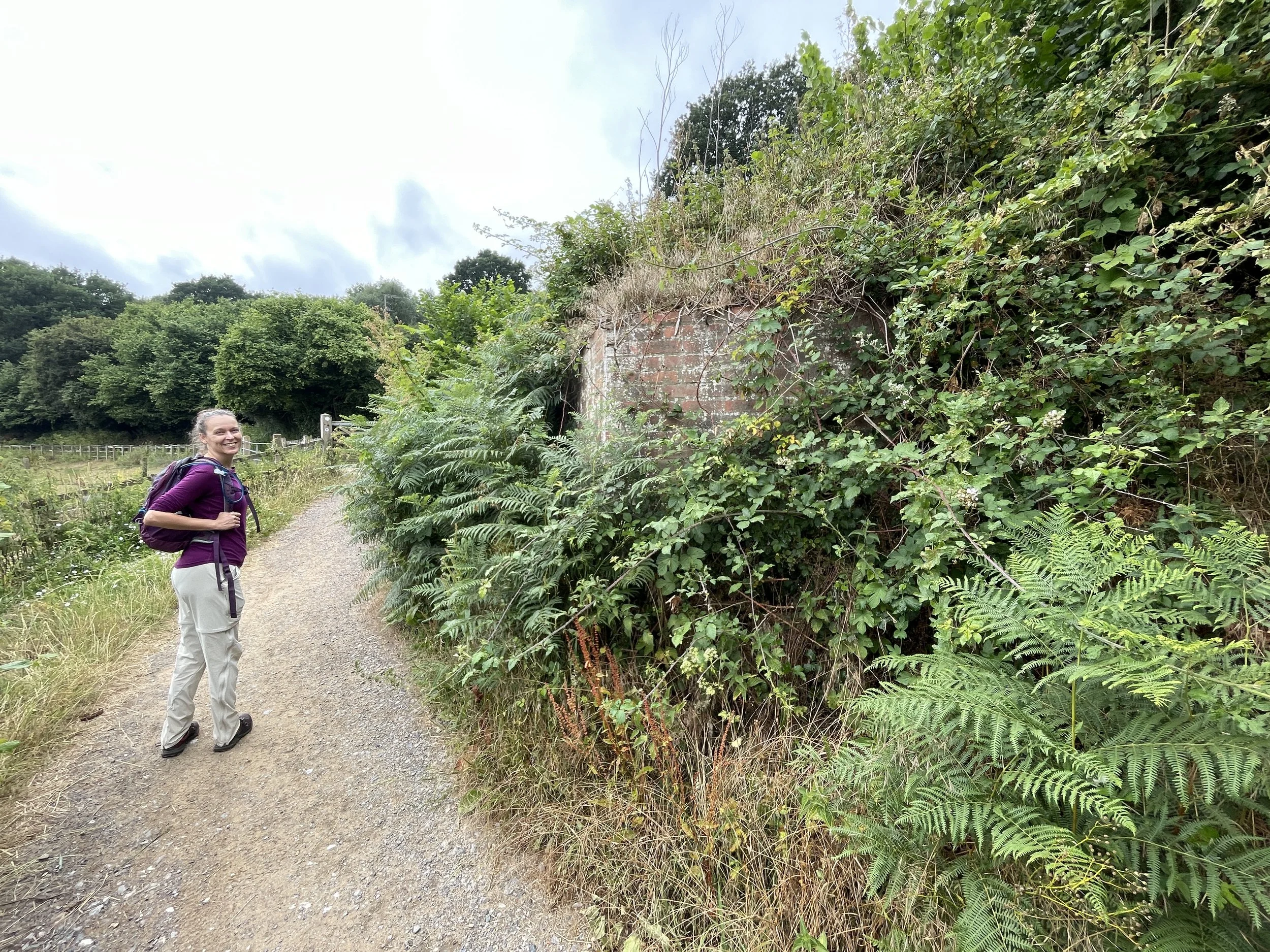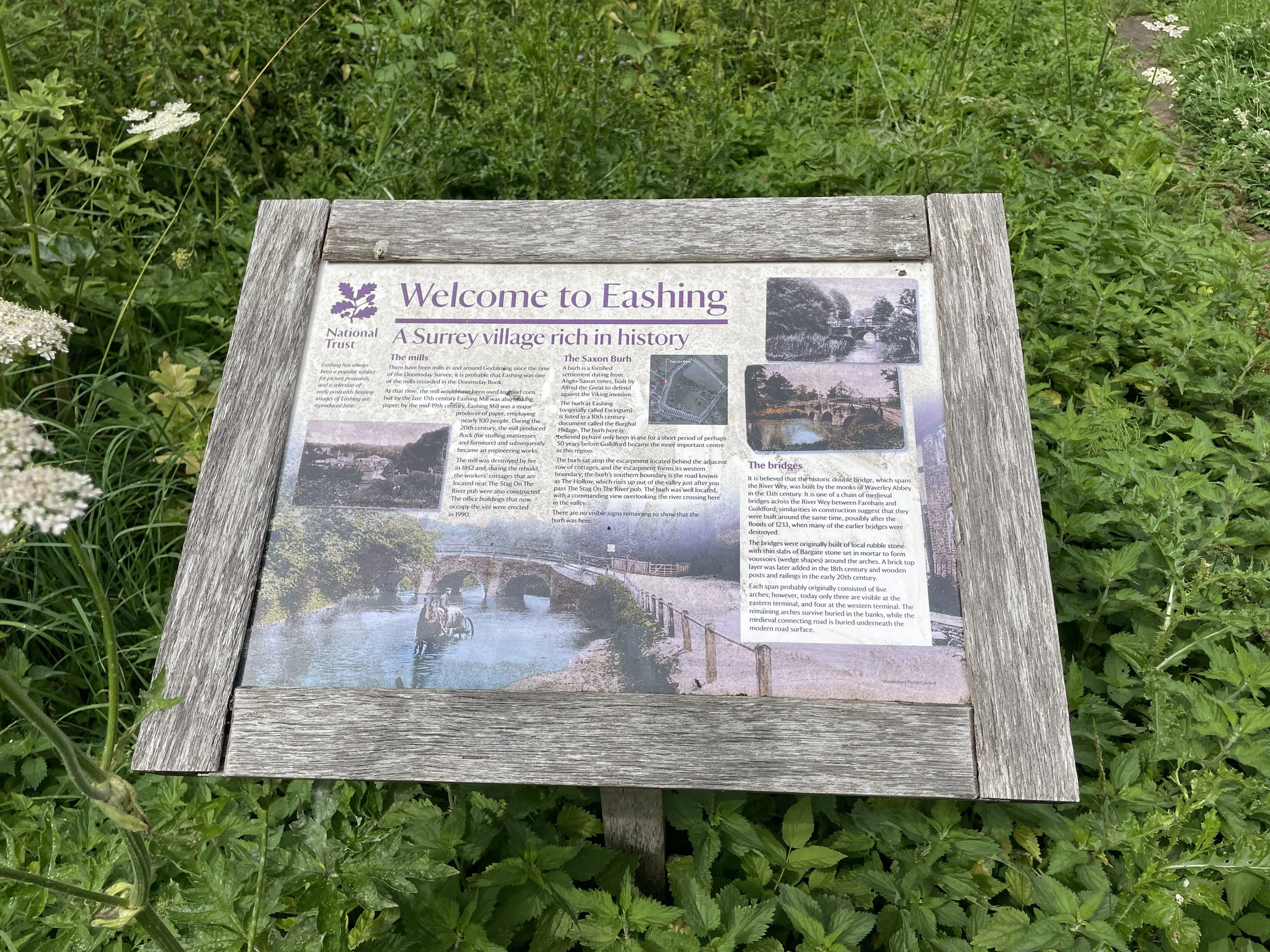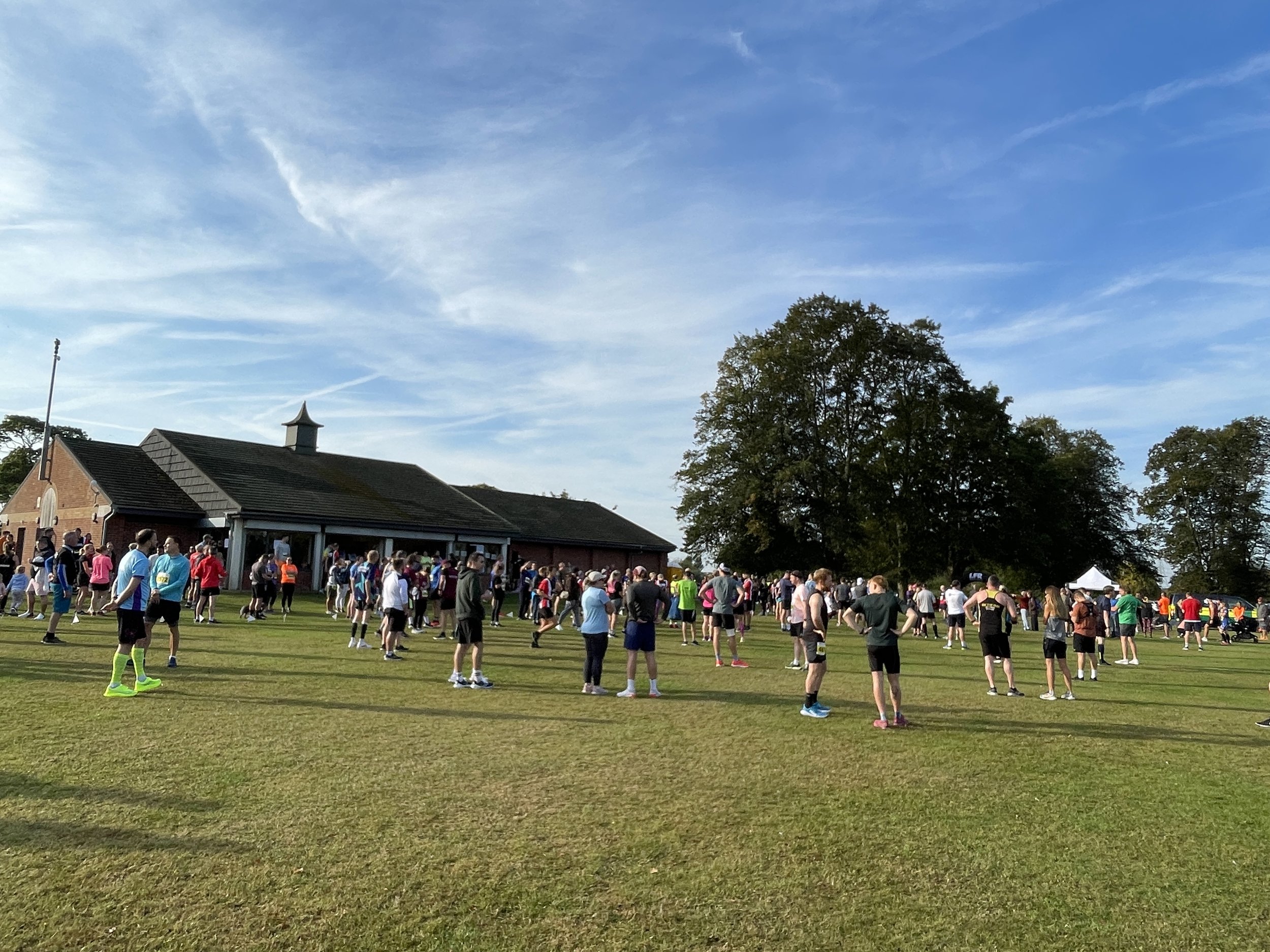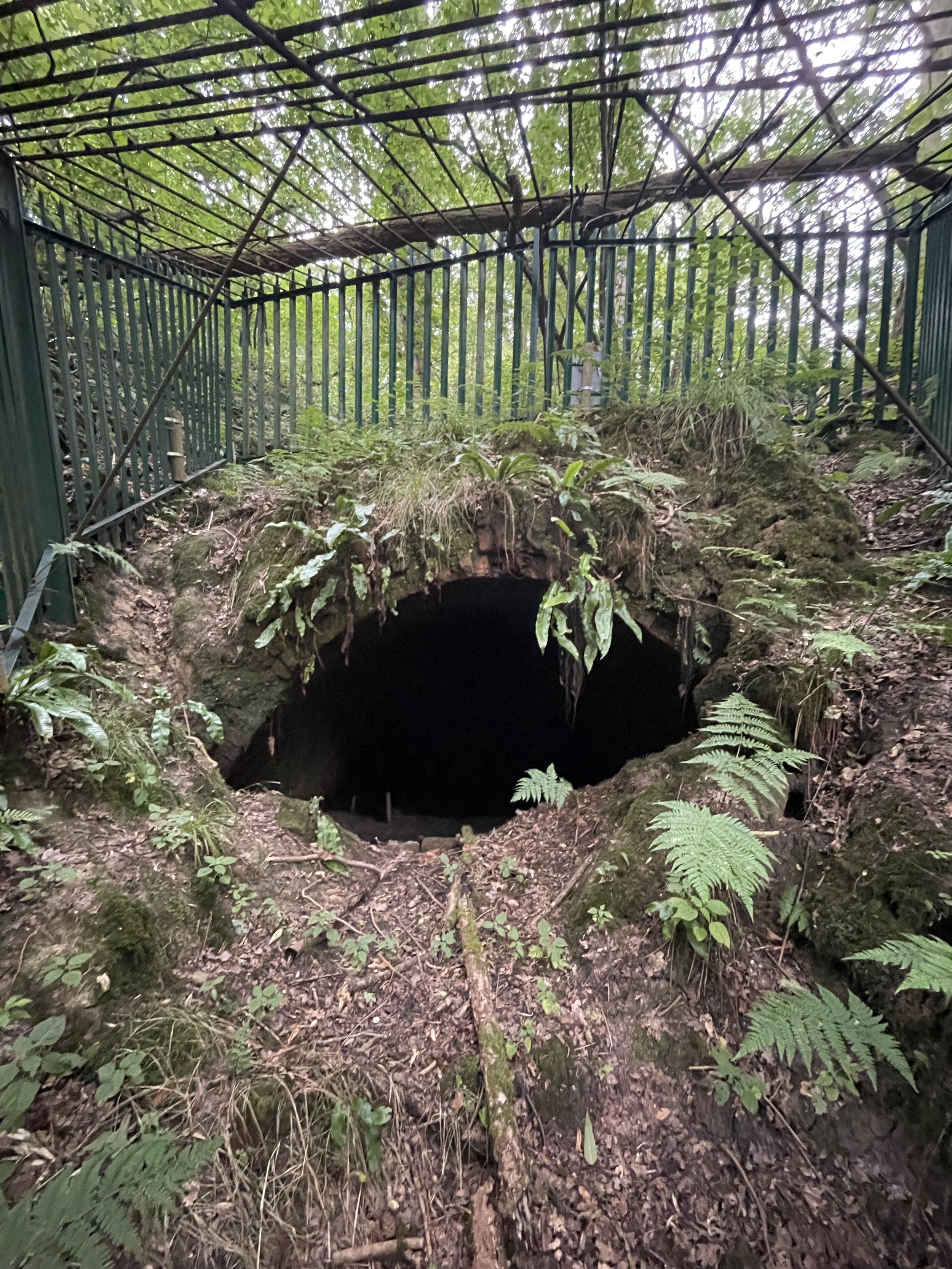River Brent at the Wharncliffe Viaduct
Start: Brentham Allotments, Lynwood Rd, London, W5 1JL
Finish: Kew Bridge Road, Brentford, TW8 0FJ
Distance: 15.4 km (9.6 miles)
Elevation change: +64m / -83m. Net -19m
GPX File: get via Buy Me a Coffee
Other routes touched (walk): Capital Ring, Thames Path
Other routes touched (cycle): C40, Grand Union Canal Towpath
Pubs / Cafes on route: Hanwell Zoo Cafe (7.3 km in), several at Brentford Lock (12.5 km in), One Over The Ait at the end.
Map: London South Map | Westminster, Greenwich, Croydon, Esher & Twickenham | Ordnance Survey | OS Explorer Map 161
Links: Brent River and Canal Society (BRCS), River Brent Park, Hanwell Zoo, Wharncliffe Viaduct, River Brent, Grand Union Canal, Brentford Dock, Brentford, Kew Bridge
In the heart of West London, Ealing is famed for its leafy suburbs and Victorian charm. But for those seeking a true escape, look no further than the Brent River Park Walk. This green corridor, tracing the meandering path of the River Brent, offers a surprisingly wild and tranquil journey right on your doorstep.
The Brent River Park is the result of dedicated campaigning by the Brent River and Canal Society (BRCS) to protect the river valley. The resulting linear park stretches for approximately 7 km within the Borough of Ealing, encompassing about 400 hectares of green space.
Starting near Greenford and winding its way south towards Hanwell and the Grand Union Canal, the path connects several major open spaces, creating an uninterrupted haven for both wildlife and people. As you walk, you'll traverse a varied landscape—from formal parks like Pitshanger Park and Brent Lodge Park to stretches of wilder, almost rural-feeling woodland and meadows.
The walk is much more than just a riverside path; it's a journey past local history and nature. Here are a few highlights you can look forward to:
Brent Lodge Park and the Hanwell Zoo: A perfect detour for families, Brent Lodge Park is home to a small, popular zoo, locally known as "The Bunny Park."
The Grand Union Canal: The path eventually converges with the Capital Ring and the Grand Union Canal Walk, where you can watch the colourful narrowboats navigate the locks, notably the flight near Hanwell.
The Wharncliffe Viaduct: In Hanwell, keep an eye out for the magnificent Wharncliffe Viaduct, an impressive brick structure designed by Isambard Kingdom Brunel, carrying the Great Western Main Line over the valley.
The route is well-signposted, often sharing its way with sections of the Capital Ring, making navigation straightforward and allowing for flexible starting and finishing points.
As a flat, easy walk, you can do it all in a day, however we split it into 2 smaller walks of approximately 8 km with Hanwell Zoo as the split point. There’s a small free car park next to the Zoo on Church Road. Hanwell Station is on the Elizabeth Line and close to this mid-point of the route too. Although the river and the path end at the Thames we continued along the Thames Path to complete the walk at Kew Bridge Station.






